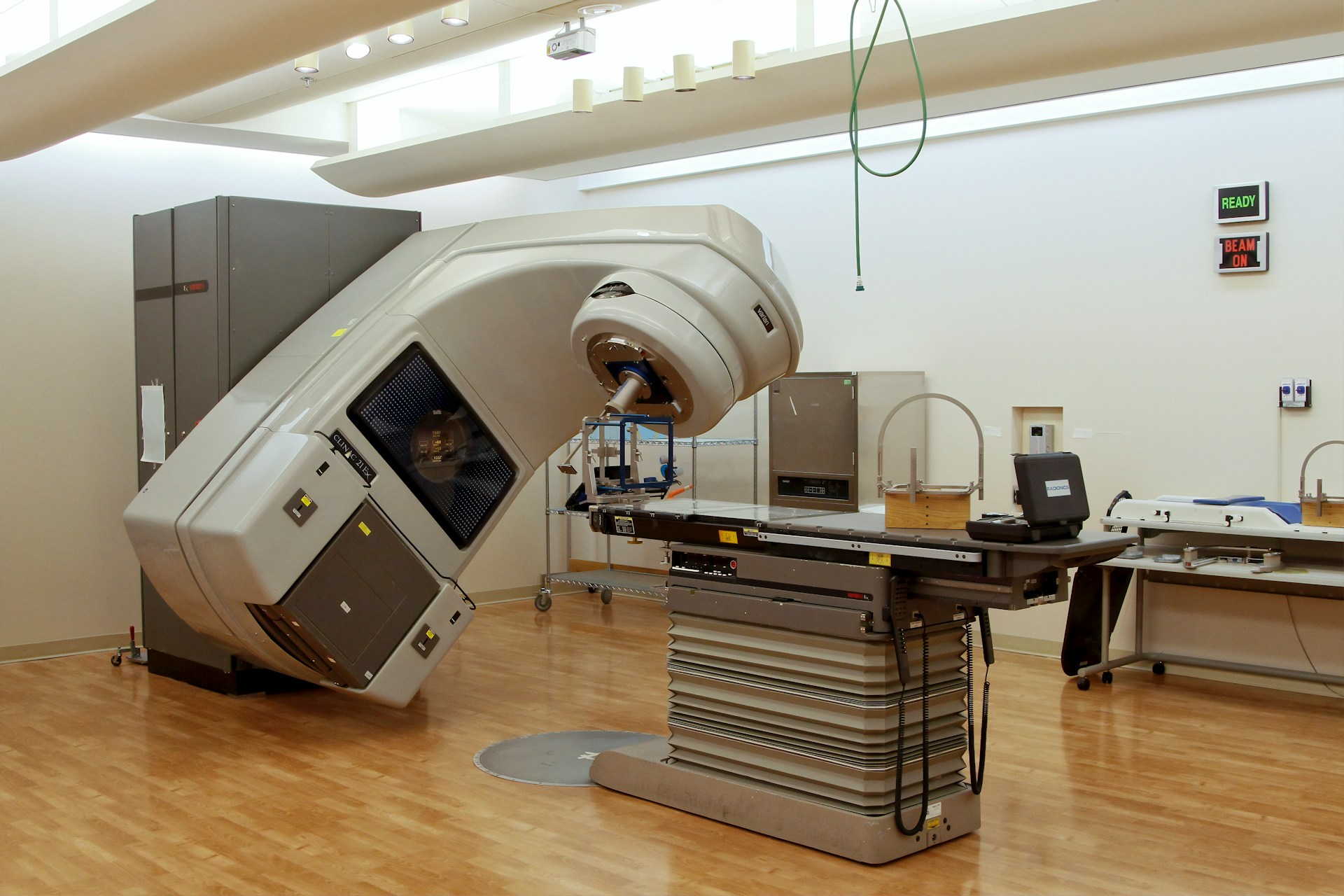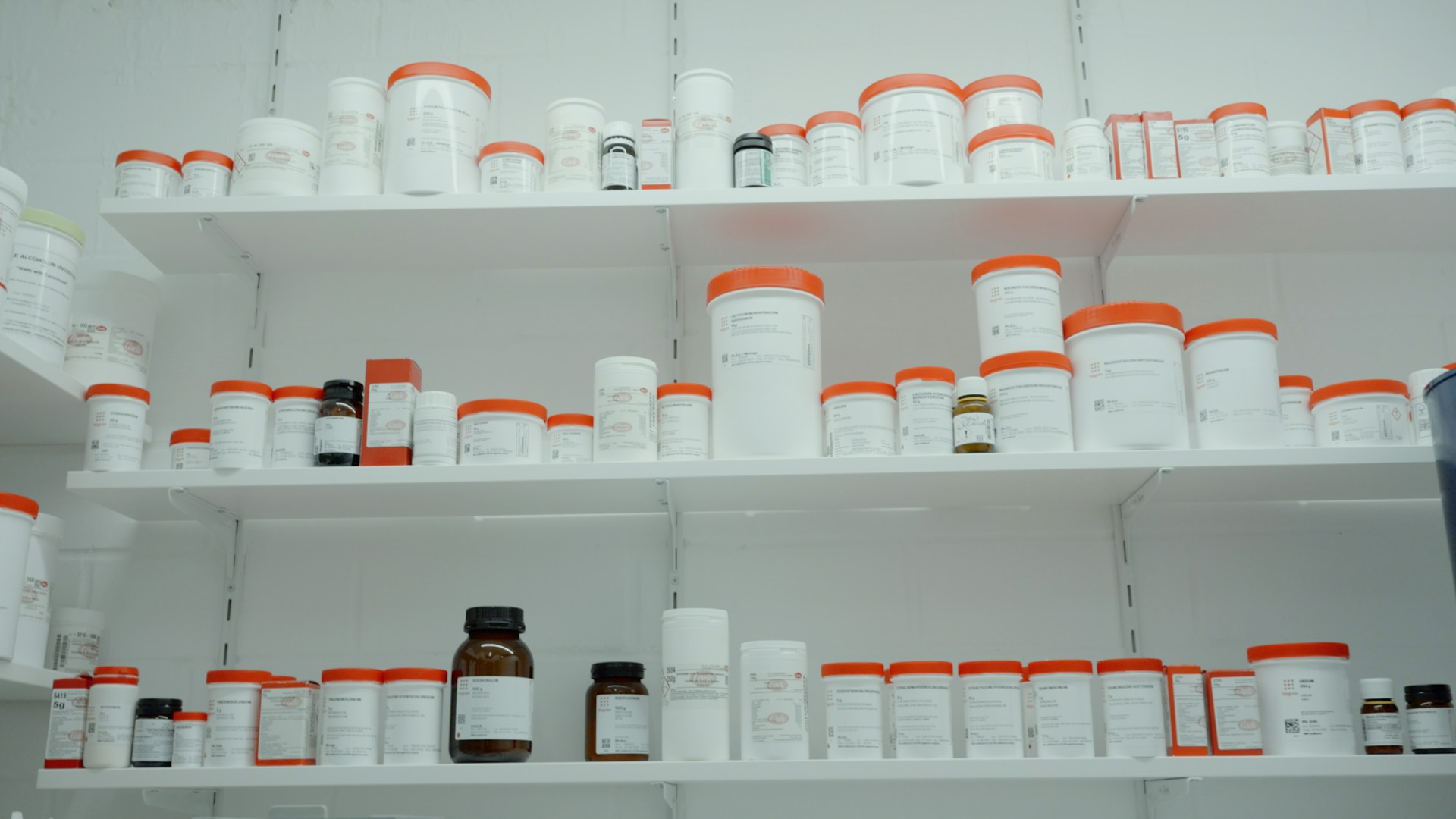
Strategies to Minimize Equipment Downtime in Critical Healthcare Settings
October 25, 2024 - Emily Newton
Revolutionized is reader-supported. When you buy through links on our site, we may earn an affiliate commission. Learn more here.
The healthcare industry is an essential sector of society. With lifesaving machines and equipment working around the clock to help patients, downtime is a serious challenge. While equipment is designed to last, even the best machines can experience problems. When medical devices fail, it can have serious consequences for patients and facilities. Mitigating healthcare equipment downtime is paramount.
With hospital expenses for emergency services supplies increasing by 33% in recent years, facilities need to find better solutions. As health care increasingly relies on advanced technology, downtime becomes a main issue, and downtime means more emergency equipment, at-risk patients and expenses. Understanding the cause of breakdowns and how to prevent them is critical for maintaining service levels.
Monitor Equipment Failure
Before facilities can stop downtime, they need to know where the issues start. Health care organizations should maintain comprehensive equipment performance records. This information lets facilities know where failure trends are.
This data is essential for identifying patterns. Equipment records tell facilities which equipment is having issues and if they’re related to the model or facility area. Is a machine experiencing repeat system crashes? Do some devices see malfunctions after a certain number of usage cycles? Track these patterns to pinpoint significant downtime areas. Additionally, this information helps facilities make better decisions when ordering replacements or upgrades. Worse-performing equipment can be identified and avoided in the future.
Monitoring also provides operations with insight into systemic issues. Facilities might see multiple power-related malfunctions, which means there’s an electrical issue. Or, regular overheating of certain devices might indicate heating and cooling problems. Use solutions for monitoring compressed air performance or other equipment operations to reduce downtime and performance issues.
Understand Common Breakdowns
Once facilities see where outages are happening, they can find the cause, which lets them create effective solutions to these problems. Common reasons for equipment breakdowns include:
- Poor maintenance: Wear and tear take their toll on all equipment. Maintenance can slow wear and prevent downtime, but many facilities skip out on maintenance schedules. High-demand or continuously operating equipment might see less maintenance, even when it needs upkeep. Invest in in-house maintenance to avoid equipment problems and reduce downtime.
- Old equipment: Facilities might keep older equipment around to avoid buying newer models. Old equipment can fall short of current demands — it might not meet patient or provider needs. Additionally, significant wear can cause malfunctions. Keeping equipment past its expected life span can make downtime more likely.
- Improper installation: Installation can make all the difference with downtime. Poorly installed equipment is more likely to fail, meaning facilities with improperly installed equipment might see higher downtime rates.
- Environmental conditions: Medical devices can be sensitive to their environment. Humidity, temperature changes and electrical surges can cause downtime. Exposure to power outages or surges can even damage components. Facilities need environmental monitoring and backup systems to protect these technologies.
- Human error: People might also be the cause of downtime. System calibration mistakes, improper handling or incorrect use might lead to downtime or wear.
Perform Preventive Maintenance
Health care facilities should also consider investing in preventive maintenance programs. Maintenance is a great way to reduce healthcare equipment downtime. Proactive service keeps medical devices working, preventing unexpected downtime. Create a well-structured program using manufacturer recommendations to protect facility equipment.
1. Create a Detailed Inventory
Start the maintenance program with a detailed inventory. Catalog all medical equipment based on maintenance needs, use frequency and risk level. The more frequently a device is used, the more often it needs servicing. Use the inventory to break down maintenance needs and keep all equipment in good condition. With a clear system, facilities can see what equipment needs more support and prevent neglect from creating downtime.
2. Invest in Routine Maintenance
All equipment requires routine maintenance. Use the inventory to organize and schedule maintenance. This part of the program should include all services that equipment needs, like software updates, calibration, cleaning and part replacements. For example, patient monitoring devices need regular calibration to keep readings accurate.
Look at manufacturer recommendations to ensure equipment is on the right maintenance schedule. Use the manufacturer’s knowledge as a jumping-off point — some equipment might need more frequent maintenance based on environment and use. Once you’re following a recommended schedule, you can monitor all of your machines for downtime and other issues. Maintenance helps protect a facility’s care quality through reduced downtime.
3. Document Everything
Additionally, maintenance programs need documentation. This step ensures there’s a record of all tasks performed — facilities can spot patterns and avoid missing anything. Documentation should include:
- Issues detected
- Technician notes
- Parts replaced
- Maintenance tasks
Concrete data lets organizations track equipment conditions over time and make future maintenance decisions. Facilities can reference documentation to decide when to replace equipment or adjust maintenance frequency. Documentation about maintenance practices also helps facilities comply with regulations regarding servicing or remanufacturing.
Invest in Data Analytics
Finally, investing in new technology gives providers better insight into equipment. Use the Internet of Things (IoT) and data analytics to catch equipment failures before they happen. These tools use machine learning and algorithms to analyze device data. They recognize patterns in the information, alerting team members of potential hazards and impending downtime.
With data analytics, technicians can even optimize maintenance schedules. Create maintenance schedules around when equipment needs it, instead of on a fixed timeline. This approach reduces unnecessary maintenance services, saving money. Equipment can get the support it needs, when it needs it. Health care providers can therefore minimize expenses without sacrificing safety and equipment condition.
The IoT lets connected devices transmit real-time data, so maintenance teams are always able to see equipment condition. Other solutions like cloud-based analytics platforms make accessing data easier for organizations. Look at important information from multiple locations, improving team collaboration and avoiding delays. Investing in more advanced devices can allow facilities to stay ahead of downtime and keep equipment in working order.
Predict Downtime for Better Equipment Performance
Providers must minimize downtime to protect patients and boost performance. Building out effective documentation and maintenance measures helps organizations stay on top of downtime. Additionally, bringing in new technology with careful schedules creates a vigilant facility with better cared-for equipment. Health care groups should invest in a proactive approach to make managing equipment simple. This strategy lets teams deliver the high-quality care patients need.
Revolutionized is reader-supported. When you buy through links on our site, we may earn an affiliate commission. Learn more here.
Author
Emily Newton
Emily Newton is a technology and industrial journalist and the Editor in Chief of Revolutionized. She manages the sites publishing schedule, SEO optimization and content strategy. Emily enjoys writing and researching articles about how technology is changing every industry. When she isn't working, Emily enjoys playing video games or curling up with a good book.







